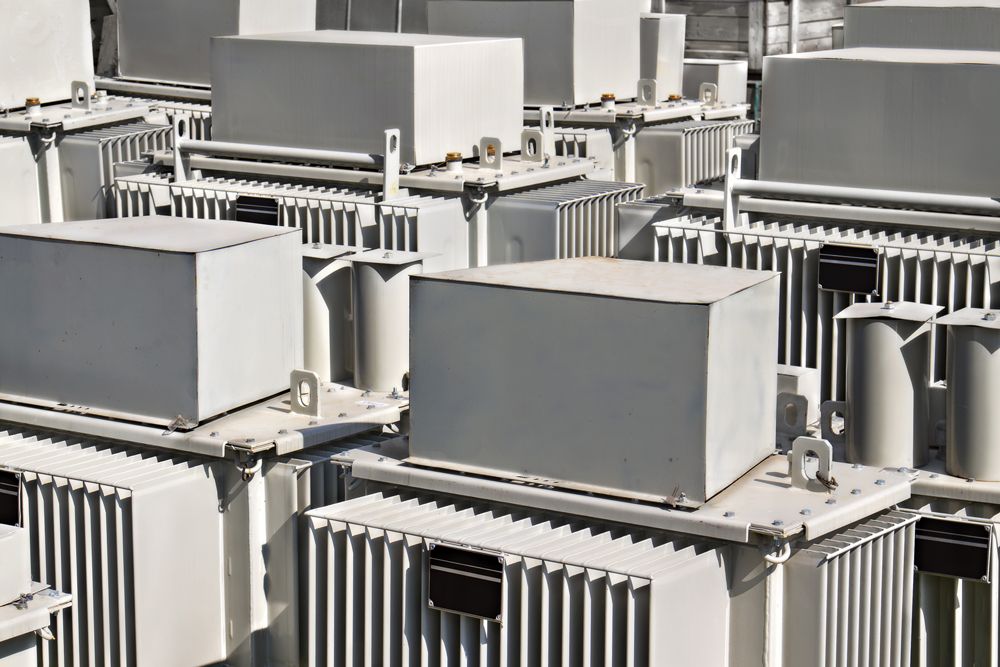The 7 Major Types of Hauling Equipment
Hauling Equipment
If you are new to construction and drilling, it’s important to understand the types of equipment that will be used on the job. Hauling equipment, in particular, is used to move building/drilling supplies, soil, and other materials. Below is an overview of the types of hauling equipment commonly used in construction and more:
1. Cranes
Equipped with wire ropes, sheaves, and a hoist, cranes are used to lift and move materials and supplies during construction. Cranes are also useful for demolishing buildings and other structures. In construction, the two basic types of cranes are mobile and fixed.
- Mobile cranes – Consist of trusses mounted onto mobile platforms, such as trucks or flatcars.
- Fixed cranes – Are able to lift heavier loads and have better reach due to their increased stability. Tower cranes, used in high-rise building construction, are an example of a fixed crane mounted on top of a steel tower.
2. Bulldozers
Though commonly used to refer to the entire vehicle, the term bulldozer actually refers to the front-mounted dozer plate, which is attached to a separate tractor. The bulldozer is used to loosen hard soils and shift dirt, and can work on tough terrain. It is also great for creating pilot roads, as it can clear land from trees and stumps. Bulldozers can be wheel-based or track-based. For muddy or sandy terrains, track-type bulldozers are best, as the tracks distribute the bulldozer’s weight over a larger area, reducing the risk of sinking.
3. Excavators
Excavators are vehicles equipped with a digging bucket attached to the end of an extendable arm. One of the more versatile types of hauling equipment, excavators are used to dig holes, demolish buildings, and lift and load heavy supplies among others. Due to their large size, excavators require the fewest passes when loading trucks with materials.
4. Loaders
These vehicles are used to load loose materials, such as sand, dirt, or gravel, and take them to another machine, such as a dump truck or conveyor belt. Oftentimes, these destination machines are at a higher elevation than the location of the materials. Loaders can also be used to transport other machinery. Similar to bulldozers, loaders can be track-based or wheel-based, and the selection depends on the terrain to be worked on.
5. Shovels
Shovels are used for digging and loading rocks and soil for mineral extraction. The ability to dig into very hard material and lift large objects, such as boulders, are their greatest strengths. Shovels can be electric powered or hydraulic powered. Electric shovels use a revolving deck with a power plant, while hydraulic shovels have a simpler power system that requires fewer components.
6. Tractors
Though most commonly used for pulling and pushing other equipment in construction, the great advantage of tractors is the available parts that can be used to accomplish different jobs. Available components include the quick hitches, backhoes, buckets, and blades. Similar to bulldozers and loaders, tractors can be track-based or wheel-based. Like other track-based equipment, these tractors are able to work through muddy terrains. However, they operate at much slower speeds.
7. Trucks
Their high travel speeds allow for quicker transportation of materials when traveling on established roads. Their low hauling costs also allow for flexibility when determining the total hauling capacity or in the event of a change in destination/route.
- Dump trucks – Used to move clay, dirt, soils, and sands. Side and rear dump trucks dispose of materials through the body attached to the chassis of the truck. Bottom dump trucks have two gates that open from the bottom to dispose of materials. For tougher terrain, articulated dump trucks are used.
- Hauling trucks – Used to transport a fleet of equipment (for general, military, or service construction) from one location to another.
The post The 7 Major Types of Hauling Equipment appeared first on H. Brown, Inc..


